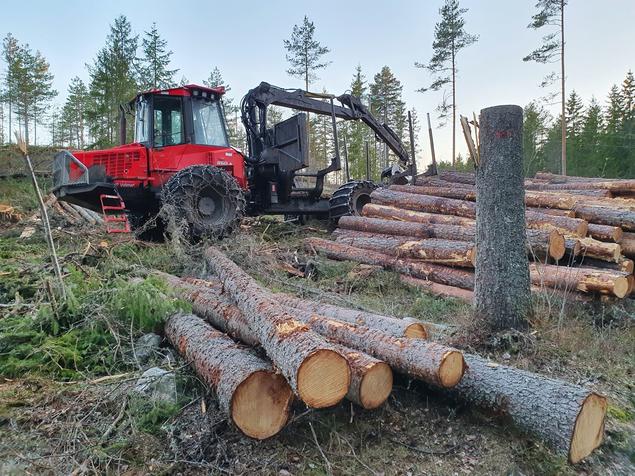New study shows challenges in implementing forest sink policies

A new study by Lars H. Gulbrandsen, FNI’s research director for climate and energy, shows that Norway faces significant challenges in implementing the EU Land Use, Land-Use Change and Forestry (LULUCF) regulation.
Published in a special issue on climate change and forest governance in the journal Forest Policy and Economics, the study has been conducted as part of the ClimaLand project, coordinated by the Fridtjof Nansen Institute and funded by the Research Council of Norway.
Forests play a significant role in Norway’s LULUCF sector, where the forest sink is equal to about 40% of the national emissions from all other sectors combined. Although not an EU member, Norway has adopted the EU LULUCF regulation through a climate agreement with the EU. Adopting the regulation initially received little public debate, but there is increasing political contestation over how to achieve the LULUCF net carbon dioxide removal target. 
Although there are considerable net GHG removals from Norwegian forests each year, net removals in the first commitment period (2021-2025) of the LULUCF regulation are compared to a Forest Reference Level (FRL). The FRL is a projected country-level benchmark of net emissions or removals against which the future net emissions or removals will be compared.
‘The extent to which Norway can maintain or increase net removals compared to a benchmark (the FRL) is the key to measuring target achievement. Hence, the LULUCF regulation is challenging for Norway to comply with, even though Norway is among the European countries with the largest forest cover and annual net removals,’ Gulbrandsen says.
In the second commitment period, from 2026 to 2030, average net removals from 2016 to 2018 will be used as the benchmark for measuring target achievement.
The study shows that there are trade-offs involved in increasing the forest sink capacity.
‘Increasing the forest sink in the short term could reduce the long-term sink capacity’, Gulbrandsen explains.
In the short term, reaching the LULUCF target might imply rapidly reducing forest harvest, but this would decrease activity in the forestry sector and supply of forest products that could involve substituting less climate-friendly materials and energy sources.
From a long-term perspective, forest management efforts like denser planting, fertilization, extended rotation age/cutting cycle, and possibly a change in tree species from low-productive to high-productive forests might be needed to increase the forest sink capacity.
‘Such policies are supported by forest owners and forestry organizations, but they are opposed by some environmental NGOs and other stakeholders advocating for the protection of forests and biological diversity’, Gulbrandsen explains.
The study finds that assessments of coherence depend on the time perspective adopted. Time inconsistency problems – when optimal choices at one point in time may conflict with optimal choices in the future – are likely to arise in Norway’s forest sector because trees grow slowly in a cold climate. Most of the management efforts to increase forest sink capacity have little short-term impact.
According to Gulbrandsen, forest governance is Norway is not well-adapted to manage climate and environmental policy coherence challenges.
The study also shows that what is framed as a conflicting or mutually supporting policy depends on political objectives and economic interests.
‘Policy coherence studies should always pay attention to who has the political power to define problems, policy objectives, and policy synergies – and how such framing is linked to political and economic interests’, the study concludes.
New article in Forest Policy and Economics:
Implementing the EU LULUCF regulation in Norway: Short-term and long-term policy coherence challenges - ScienceDirect
